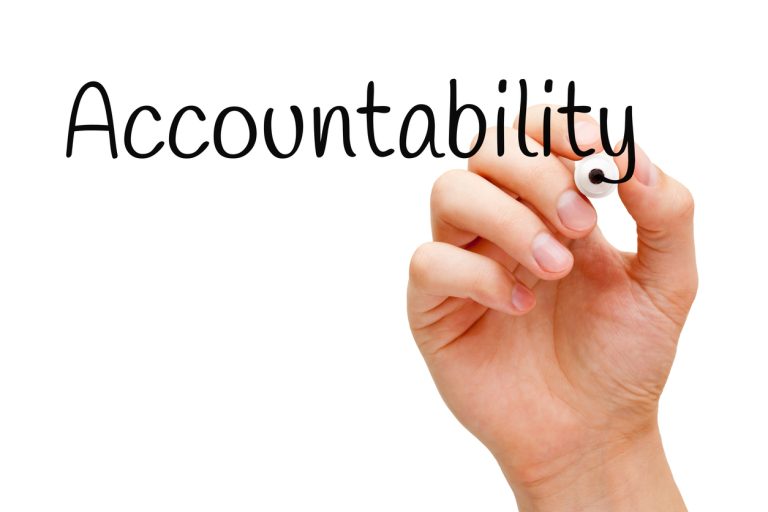In today’s dynamic landscape of modern business, the importance of having clarity of your organisational identity and operating in alignment with it cannot be overstated. As custodians and stewards of their organisations, board members and executive leadership have a critical role in
ensuring that the company’s identity is well-defined and consistently communicated throughout the organisation, and that all strategies and critical decisions are made through the organisational identity lens.
It sounds straightforward enough, but yet we see so many organisations have become distracted by the noise of operating a business with internal and external influences. Or their organisational identity is more about external perception than how they operate and show up.
“Organisational Identity is the cornerstone upon which the success, longevity, and legacy of our organisations are built or fall.”
Lisa Sisson
If you viewed my recent blog on Boeing, you would have seen how valuable they are as a case study of what can happen when a much loved and respected global giant starts operating in conflict with its organisational identity. Boeing started to operate outside their organisational identity and everything that had made them one of the most trusted brands in the world. Showing that even the biggest can fall hard, and we are yet to see if they ever fully recover.
In this blog post, we will explore why clarity and alignment to organisational identity matter, the risks associated with misalignment, and the implications for executive leadership and board members.
Why Clarity and Alignment Matter
Organisational identity is the essence of who a company is and what it stands for. It encompasses the company’s values, vision, mission, and culture. Having clarity in organisational identity ensures that everyone within the organisation understands the company’s purpose and direction, and how they should operate as a business. Alignment to this identity ensures that everyone is working towards the same goals, objectives, and expectations.
Risk with Misalignment
When there is misalignment between the organisational identity and how the organisation operates and shows up, it creates conflict and poses a myriad of risks, ranging from the subtle to the catastrophic. At the core, misalignment erodes trust and confidence. When employees, customers, and stakeholders perceive a disconnect between what an organisation claims to stand for and its actions, the integrity of the brand is compromised. This erosion of trust can lead to diminished customer loyalty, increased employee turnover, and reputational damage, ultimately impacting the bottom line.
Moreover, misalignment can also lead to internal conflict, disillusionment, and disengagement among employees. When the organisation’s values, goals, and strategies are not clearly communicated and are not part of how the organisation operates, or they don’t resonate with employees’ personal values and aspirations, it creates a breeding ground for dissatisfaction, decrease productivity and morale, a toxic work environment, and even an increased risk of insider threats (accidental and malicious).
The misalignment can also result in inconsistent decision-making processes, with different departments or teams making decisions that are not in line with the company’s overall goals and objectives.
Implications of Misalignment
Misalignment is not just a cultural or HR issue; it has significant strategic implications. A lack of clarity in our organisational identity can hinder our ability to define a clear strategic direction and make informed decisions. This can lead to wasted resources, missed opportunities, and a lack of focus, hampering our ability to adapt and thrive in a rapidly changing landscape.
Moreover, misalignment can impede collaboration and innovation. When individuals within our organisation are not aligned with our identity, it creates silos and hinders the free flow of ideas and information. This stifles creativity and innovation, limiting our ability to adapt to a rapid changing environment, or capitalise on new opportunities and stay ahead of the competition.
Implications for Executive Leadership and Board Members
As executive leaders and esteemed board members, we are the custodians of our organisation’s identity. It is our responsibility to ensure we are alignment to the organisational identity, and that our teams, stakeholders, and the world at large have a crystal-clear understanding of who we are, what we stand for, and where we are headed.
One of the most insidious consequences of misalignment is the potential for conflict, so as the leaders, “the buck stops here”. When individuals within our board, executive team, and organisation are not aligned with our identity, it can lead to disagreements, misunderstandings, and ultimately, conflict. Not only does that have consequences for the direction and performance of the business, but this can be particularly detrimental in high-stakes situations, such as during a crisis or when making critical decisions.
It is responsible for the board and leadership team to not only set the tone and communicate the vision, but it is imperative in creating an aligned culture, ensuring they are monitoring and adjusting to keep alignment.
The Strategic Imperative
In conclusion, clarity and alignment to organisational identity are critical for the success of any organisation. Executive leadership and board members must prioritise this aspect of their role and ensure that they and everyone within the organisation is aligned and working towards the same goals.
It sounds obvious, but many organisations are still struggling and feeling the rub and the consequences; some of which are significant. By making organisational identity the lens in which the organisation strategies, makes decisions, and operates, will help reduce the risks associated with misalignment and create a stronger and more cohesive organisational culture that helps to drive success. Because at the end of the day, we either win together or lose together within the organisation. By stepping forward and ensuring alignment, we will not only safeguard the integrity of our brands but also drive sustainable growth, innovation, and impact.
If you are unsure or are feeling symptoms or conflict that you sense could be related to misalignment but unsure what to do, then feel free to reach out and open a dialogue. You are not alone.



